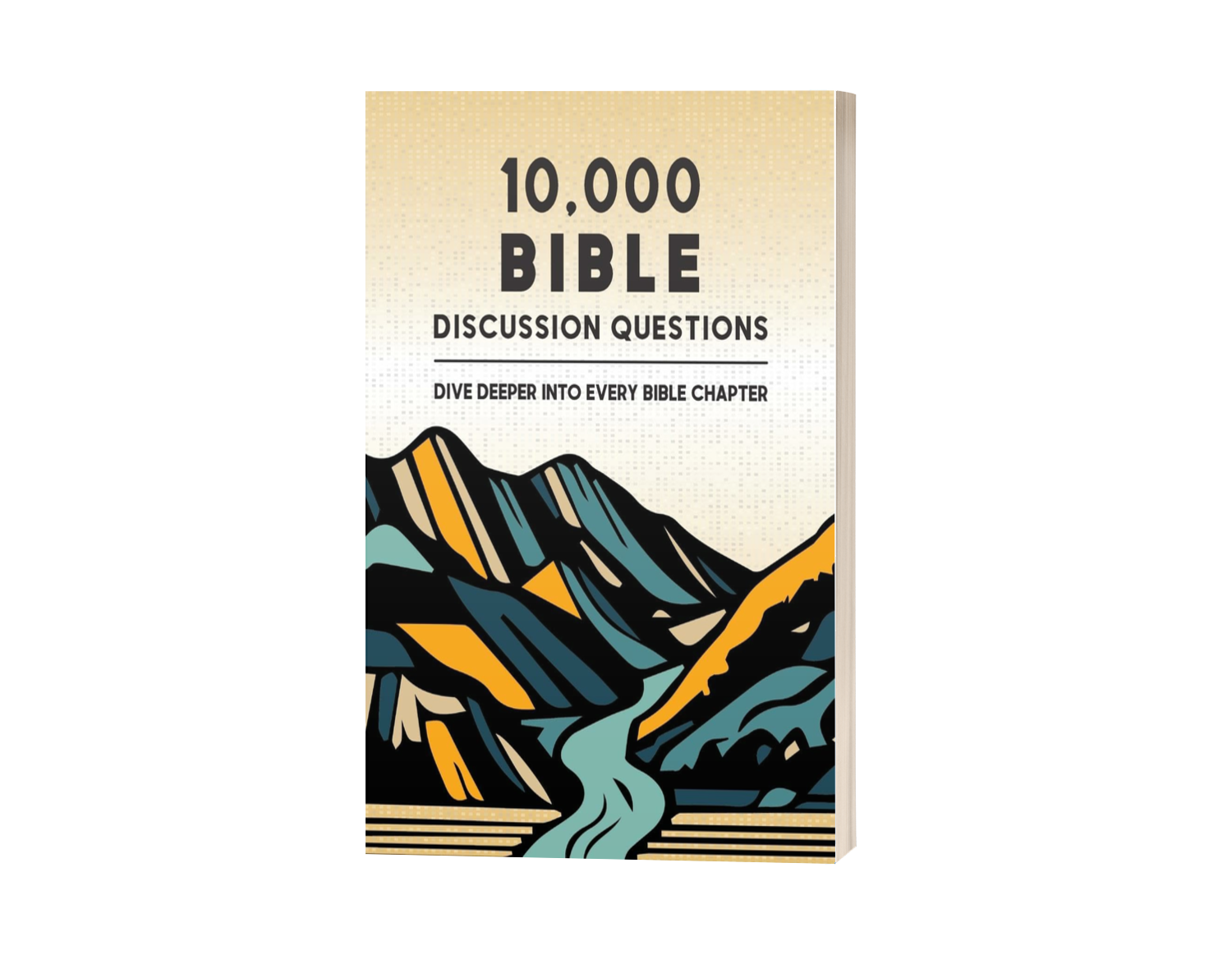1 Chronicles Chapter 1 Summary
Contents: Genealogy: Adam to dukes of Edom. The patriarchal line.
Discussion Questions for 1 Chronicles, Chapter 1
- 1 Chronicles opens with an extensive – but not exhaustive – genealogy. In your own words, how would you describe a genealogy? Should we keep genealogies of our own families, why or why not?
- Who was this genealogy written for? Why would this have been important to them?
- Why does this genealogy begin with Adam? What kind of relationship did Adam have with God?
- The first person in the genealogy is Adam. What was God’s command to Adam and Eve when he created them (see Gen. 1:28)? How does this relate to the genealogy of 1 Chronicles?
- How many sons did Adam have (see Gen. 2–4)? Why do you think only one is included in this genealogy?
- Where else in Scripture are genealogies included? How do they compare with the genealogy in 1 Chronicles? What does this tell us about the contents of God's word?
- Compare God’s commands to Noah in Genesis 8:16-17 to the genealogy of 1 Chronicles 1:5-24. What does 1 Chronicles 1:5-24 tell us about Noah’s response to God’s commands? What does it tell us about God’s character?
- A brief genealogy is given for each of Noah’s sons: Japheth, Ham, and Shem, with Ham’s genealogy specifically being more expounded on. Who are some of Ham’s descendants that you recognize? What roles do they play in Israel’s history and why is this important for Christians today?
- Why would the chiefs of Edom be included in this genealogy? What is significant about the author's note that this list includes the Edomite kings before any king reigned over the people of Israel?
- The first section of the genealogy begins with Adam and ends with Abraham. Compare and contrast these two “patriarchs” (or fathers) and God's promises, or covenants, with them. How are they different? How are they the same?

Key Words/Phrase
Genealogy.
Characters
Adam, Noah, Shem, Abraham, Isaac, Ishmael, Esau, Israel.

